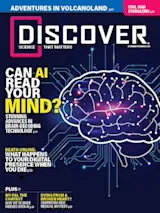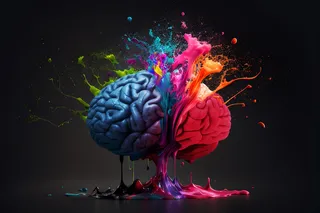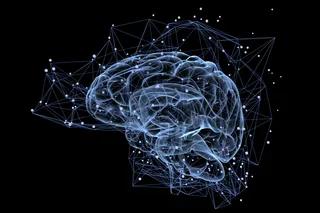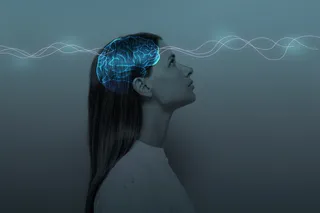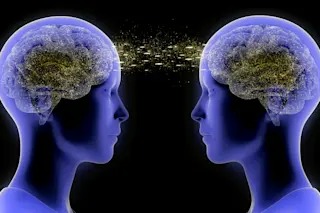It didn’t take long for Edward Chang to see the implications of what he was doing. The neuroscientist and brain surgeon at the University of California, San Francisco, was studying the brain activity behind speech, that precise and delicate neural choreography by which lips, jaw, tongue, and larynx produce meaningful sounds.
By implanting an array of electrodes between the outer and inner membranes of the brain, directly over the area of the brain that controls speech, he and his team were able to detect distinct patterns of brain activity associated with specific sounds, each vowel and consonant, each duh, guh, ee, and ay sound that combine to form words.
“We realized that we had a code for every speech sound in the English language,” Chang says. And that realization opened up some astonishing possibilities.
In a series of papers published between 2019 and 2021, Chang and his team demonstrated how ...




